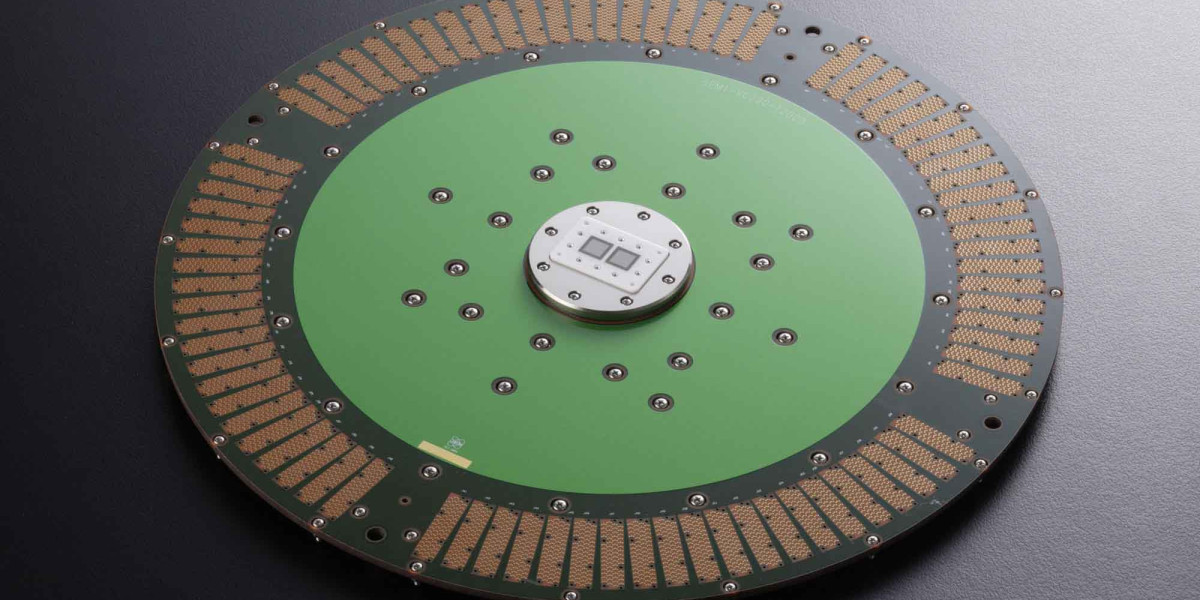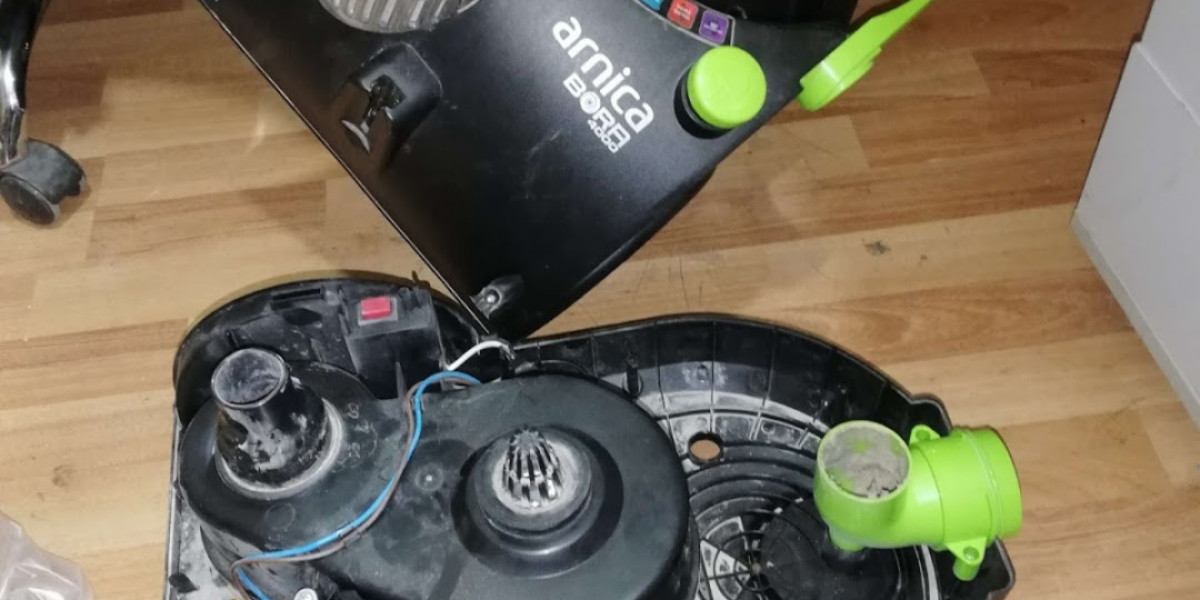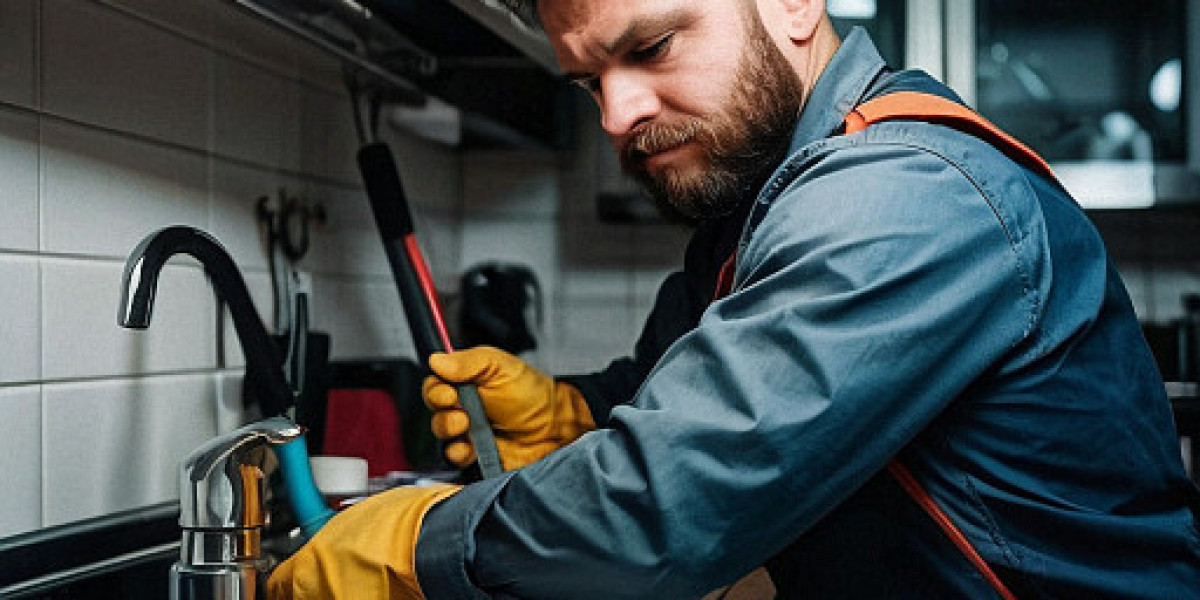In the labyrinthine world of semiconductor manufacturing, precision is paramount. Every nanometer count and the tiniest error can lead to monumental setbacks. At the heart of this high-stakes industry lies a crucial yet often overlooked component - the probe card. In this article, we will embark on a journey through the intricate universe of Probe Card Manufacturers, delving into their pivotal role in semiconductor testing, the advanced technologies they employ, the challenges they face, and the innovations they bring to the table.
The Crucial Role of Probe Cards in Semiconductor Testing:
- Understanding Semiconductor Testing
Before we dive into the realm of probe cards, let's establish why they are indispensable. Semiconductor testing is the litmus test for integrated circuits (ICs) and microchips. It ensures that these tiny marvels perform flawlessly, which is critical in applications ranging from your smartphone to space exploration.
- The Probe Card A Miniature Marvel
At its core, a probe card is a precision instrument that connects an electronic tester to an individual semiconductor die. Imagine it as the bridge between the chip and the testing equipment, responsible for transmitting electrical signals to stimulate the chip and receive its responses.
The Anatomy of a Probe Card:
- Probing Needles
One of the most distinctive features of a probe card is its array of tiny probing needles. These needles, often measuring less than a millimeter in length, are responsible for establishing contact with the semiconductor's contact points or pads.
- Probe Head
The probe head holds the probing needles in position and ensures they make precise contact with the semiconductor die. It is a complex assembly, meticulously designed to maintain the desired level of pressure and alignment.
- Interface
At the other end of the probe card, we find the interface. This is where the probe card connects to the testing equipment. The interface must be designed to match the specific requirements of the testing equipment and the semiconductor device being tested.
The Art and Science of Probe Card Manufacturing:
- Precision Manufacturing
Manufacturing probe cards is a symphony of precision engineering. Every component, from the probing needles to the interface, must meet incredibly tight tolerances. Even a microscopic deviation can result in erroneous test results.
- Advanced Materials
Probe card manufacturers employ advanced materials like tungsten, beryllium copper, and ceramics to ensure the durability and electrical conductivity of their products. These materials are chosen for their ability to withstand the rigors of semiconductor testing.
- Cutting-Edge Technologies
The development of probe cards relies heavily on cutting-edge technologies, such as microfabrication and nanotechnology. These enable the creation of needles with diameters as small as a few micrometers and complex structures with sub-micron precision.
The Challenges of Probe Card Manufacturing:
- Scaling Down
As semiconductor technology advances, the size of ICs continues to shrink. This poses a significant challenge for Probe Card Manufacturer who must keep pace with increasingly smaller contact points on semiconductor dies.
- Cost vs. Performance
There is an inherent trade-off between the cost of manufacturing probe cards and their performance. High-performance probe cards often require more expensive materials and manufacturing processes, making them cost-prohibitive for some applications.
- Wear and Tear
Probe cards endure significant wear and tear during testing, leading to a limited lifespan. Manufacturers must strike a balance between durability and precision, considering the economic implications of frequent replacements.
Innovations in Probe Card Technology:
- Multi-DUT Probe Cards
To enhance efficiency, manufacturers are developing multi-DUT (Device Under Test) probe cards that can test multiple semiconductor devices simultaneously. This reduces testing time and increases throughput.
- MEMS Probe Cards
Micro-Electro-Mechanical Systems (MEMS) technology is making waves in probe card manufacturing. MEMS probe cards incorporate tiny mechanical components that can adapt to various semiconductor devices, further enhancing precision.
- Advanced Calibration Techniques
Calibration is a critical aspect of probe card functionality. Advanced calibration techniques, such as laser-based systems, are being implemented to ensure accurate testing results.
The Future of Probe Card Manufacturing:
- Quantum Computing and Beyond
As the semiconductor industry ventures into quantum computing and other cutting-edge technologies, the role of probe cards will evolve. Manufacturers will need to adapt to the unique challenges posed by these emerging fields.
- Sustainability and Environmental Concerns
The semiconductor industry, like all others, is increasingly conscious of its environmental impact. Future probe card manufacturing will likely focus on sustainable materials and processes.
Conclusion:
In the grand tapestry of semiconductor testing, probe card manufacturers are the unsung heroes, silently ensuring the reliability and functionality of the digital world we inhabit. Their journey through precision engineering, advanced materials, and cutting-edge technologies is a testament to human ingenuity. As we march forward into an era of quantum computing and beyond, the role of probe card manufacturers will continue to be pivotal in the relentless pursuit of smaller, faster, and more powerful semiconductor devices.








